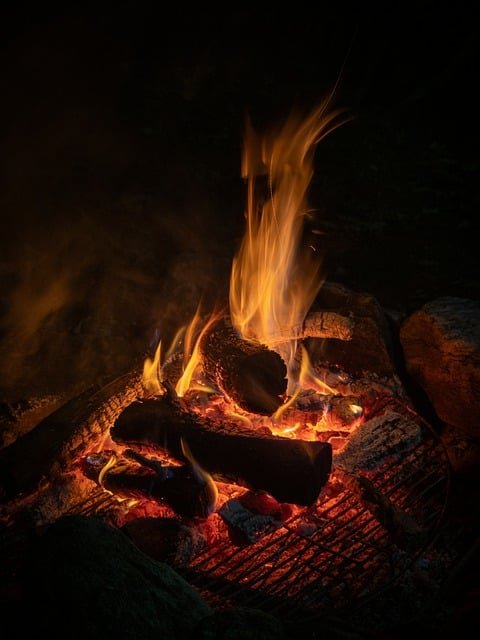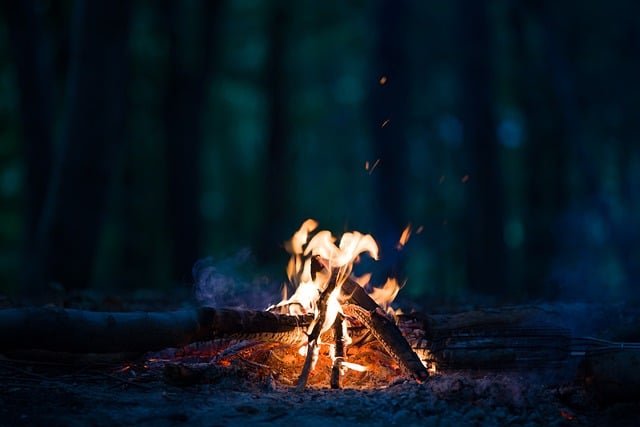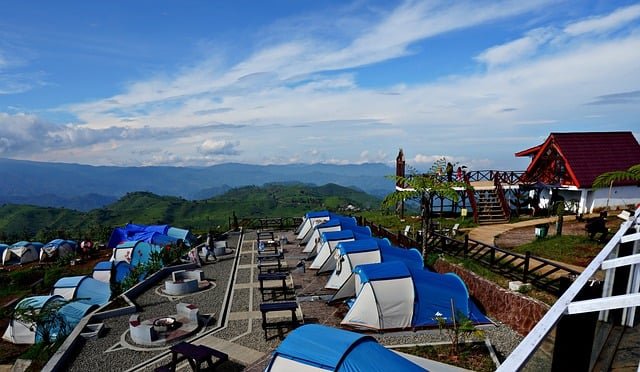
Skiing and snow skiing are both popular winter sports that are not only fun but also require proper gear to keep you warm and safe on the slopes. A common mistake that beginners make is not dressing appropriately for the weather conditions, which can make for a miserable experience. To fully enjoy your time on the mountain, it`s important to know what to wear skiing and snow skiing. Here`s a guide to help you dress for these winter sports.
Before we dive into the specific clothing items, it`s important to note the key differences between skiing and snow skiing. Skiing is a broader term that encompasses various styles such as downhill skiing, cross-country skiing, and freestyle skiing. On the other hand, snow skiing usually refers to downhill skiing in deep snow or backcountry terrain. This means that the clothing requirements for the two activities may differ slightly.
The key to staying warm while skiing is layering. Your base layers are the foundation of your outfit and serve as your primary insulation. For both skiing and snow skiing, opt for moisture-wicking materials such as merino wool or synthetic fabrics like polyester. These materials will keep you warm and dry by wicking sweat away from your body. Avoid cotton as it retains moisture and can make you feel cold and uncomfortable. Your base layer should consist of a long-sleeved top and pants.
Your middle layers should provide additional warmth and insulation. Fleece jackets or sweaters are great options for skiing as they are lightweight, breathable, and offer excellent insulation. For snow skiing, a thicker or down jacket may be necessary, depending on the temperature. Make sure your middle layers are not too bulky, as you`ll want to be able to move freely.
When it comes to outerwear, your main concern should be staying dry. You`ll want a waterproof and windproof jacket and pants for both skiing and snow skiing. Look for materials with a high waterproof rating, such as Gore-Tex, and sealed seams to keep out moisture. A jacket with a hood is also a good idea to protect your head and neck from the elements. For snow skiing, you may want to invest in insulated outerwear for added warmth.
Accessories are crucial for staying warm and comfortable while skiing or snow skiing. A good pair of gloves or mittens will keep your hands warm and dry. Look for waterproof and insulated options, and make sure they`re not too bulky to hinder your movement. A neck gaiter or scarf is also essential for protecting your face and neck from the cold. Additionally, wearing a helmet is a must for both skiing and snow skiing to protect your head in case of falls or collisions.
For skiing, a good pair of waterproof ski boots is essential. These boots are specially designed to keep your feet warm and dry and have a rigid sole for optimal control on the slopes. For snow skiing, you`ll need sturdier and more insulated boots to navigate through deep snow. Some people also opt for heated boots for extra warmth on cold days.
When it comes to socks, avoid cotton and opt for wool or synthetic materials. Ski socks are designed specifically for skiing and are cushioned in strategic areas to provide comfort and prevent blisters. Make sure your socks are not too thick, as this can cause your feet to sweat and make them cold.
Protecting your eyes is important when skiing or snow skiing. Most ski resorts have bright, sunny days, and the snow can reflect a lot of light. Goggles or sunglasses will not only protect your eyes from the sun`s rays but also from the wind and cold. Goggles are a better option for snow skiing, as they offer better coverage and protection from the snow.
It`s always a good idea to check the weather forecast before heading out to the slopes. Dressing in layers allows you to adjust your clothing according to the temperature. If you`re not sure of the weather conditions, bring extra layers that you can add or remove as needed. And last but not least, remember to stay hydrated and nourished while skiing or snow skiing to keep your body warm and energy levels up.
Now that you know what to wear skiing and snow skiing, you can hit the slopes with confidence knowing that you`re fully prepared for the winter weather. With the right clothing, you`ll be able to enjoy these exhilarating sports and make the most of your time on the mountain.Happy skiing!







Join our newsletter community for exclusive updates, offers, and more. Sign up now to stay in the loop!
© Outdoor-Expedition. All Rights Reserved. Design by HTML Codex